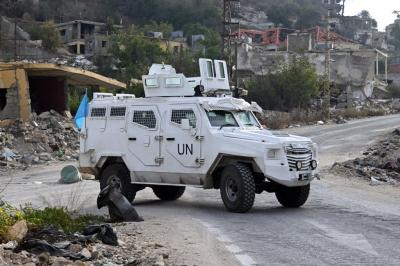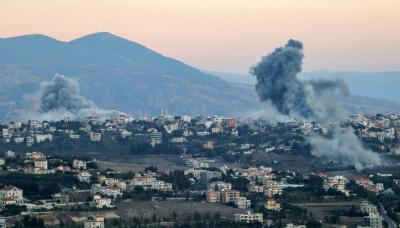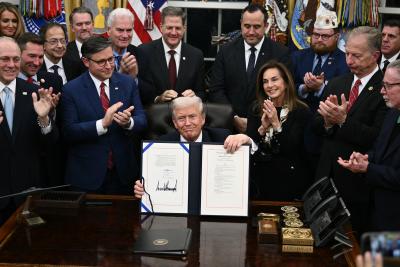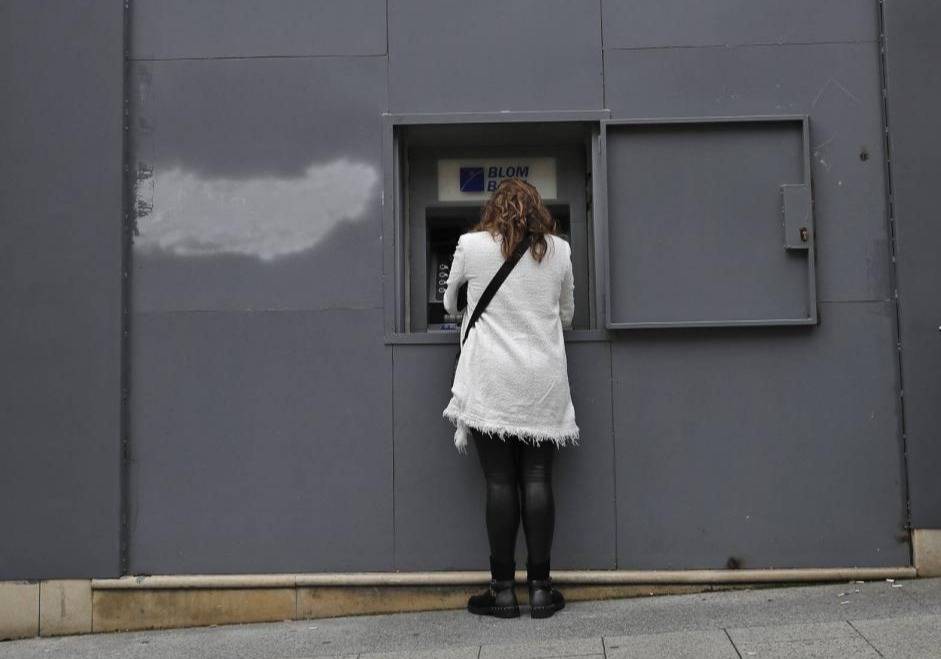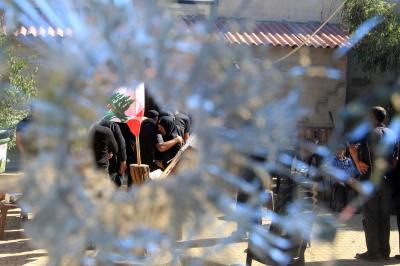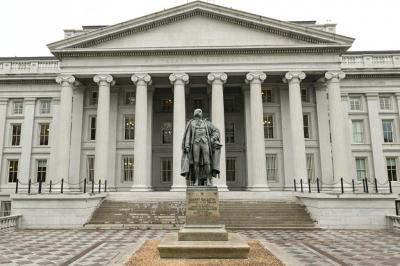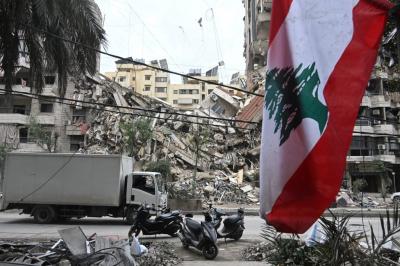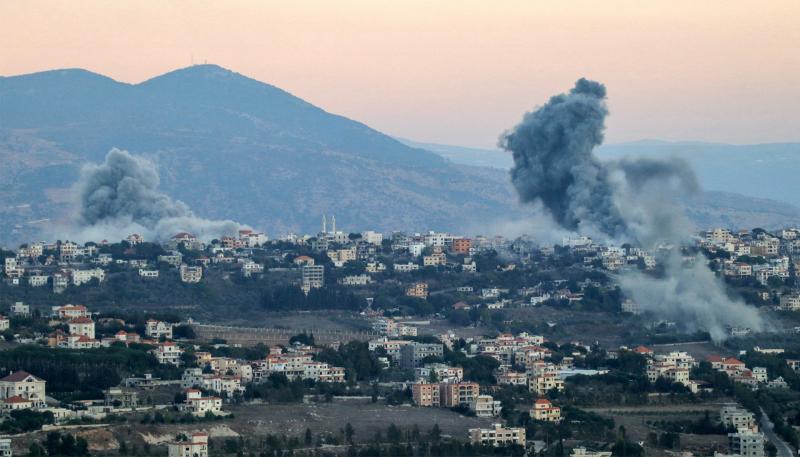Lebanese officials openly declare, “day and night,” that an agreement with the International Monetary Fund is the only path out of the collapse. They say one thing in public and do the opposite behind closed doors. This behavior, which has obstructed solutions for six years, can be explained in two ways: either they are unable to bear the consequences of rejecting the IMF’s proposals, or there is an interest somewhere in continuing to dilute and delay any real solution. In both cases, the “least bad” option remains bitter. And the outcome is clear: the ongoing erosion of deposits, the drip-by-drip distribution of rights through Circulars 158 and 166, and the inability to restore growth or economic recovery.
In short, and without “beating around the bush,” the IMF refuses that the state and the central bank should shoulder the bill for the collapse. Based on its “hierarchy of responsibilities and losses,” the Fund insists that banks must use their capital and assets in order to return as much as possible of depositors’ money, which is estimated at around 87.3 billion dollars as of the end of September, according to the monthly summary published by the Association of Banks.
By contrast, the banking sector’s capital has plunged from around 20 billion dollars in 2019 to 4.6 billion dollars today. Even if we combine this remaining capital with all the banks’ assets—properties, real estate, movable and immovable assets—the total does not exceed 10 billion dollars, covering barely 12 percent of depositors’ rights. This means that a haircut on deposits would reach nearly 90 percent, effectively pushing almost all banks toward closure.
The Central Bank’s Plan
Out of the 87.3 billion dollars in foreign-currency deposits, banks have placed 78.8 billion with the central bank, in both lira and hard currency, up until the end of September, according to the Association of Banks. Banks demand the return of this money, which the central bank used to lend to the state, stabilize the exchange rate, finance financial engineering schemes, and other operations. Recovering these funds would allow the banks to repay depositors. The central bank agrees with this approach. It has already outlined the main features of its plan, which rests on the following pillars:
– Reducing the financial gap from around 80 billion dollars to between 50 and 53 billion, by cancelling excess interest, eliminating funds of suspicious origin, and removing deposits converted from lira into dollars after the collapse.
– Repaying 21 billion dollars over a period of three to five years, prioritizing small depositors.
– Converting between 30 and 32 billion dollars into shares and bonds.
Under this plan, the state would cover only 8.8 billion dollars—representing half of the 16.5 billion dollars it owes the central bank. Banks would contribute 3.88 billion dollars, and the remainder would be covered by the central bank itself.
The central bank’s proposal is based on two key elements:
First, a legal and principled point: acknowledging its debt to the banking sector and the obligation to repay it based on Article 13 of the Code of Money and Credit, and the state’s obligation to cover the central bank’s losses based on Article 113 of the same law.
Second, a numerical point: according to the latest semi-monthly balance sheet published in October, the central bank holds 11.9 billion dollars in foreign currency reserves, around 36.9 billion dollars in gold, and approximately 5 billion dollars in diversified assets, including companies and real estate.
In total, the central bank’s assets amount to 53.8 billion dollars—exceeding its liabilities, estimated between 50 and 53 billion even under worst-case assumptions. In theory, it could easily cover the losses and return the funds to banks.
The Bitter Truth
If the IMF’s approach returns only about 10 percent of the deposits, the central bank’s plan achieves a similar result in practice. The central bank cannot liquidate its gold reserves, as they are restricted under Law 42 of 1986. Even if a new law were hypothetically passed allowing the sale of gold, reality remains more complicated: roughly one-third of Lebanon’s gold reserves are stored in the United States—specifically at Fort Knox—and no one truly knows whether it can be retrieved or used as easily as some claim. In that case, the value of usable gold would drop to 24 billion dollars instead of 37 billion. This is without mentioning the deep political divisions among Lebanese officials and lawmakers over whether gold, considered a national asset belonging to all Lebanese, can be allocated to a specific group, the depositors.
As for the central bank’s 5 billion dollars in assets and affiliated companies, liquidating them is not as easy as assumed. And regarding the state’s debt, repaying it is nearly impossible given the government’s massive financial obligations.
In the end, both “solutions” lead to a dead end, with one key difference: the IMF’s proposal calls for cleaning up the financial and banking sector and starting over on solid ground, while local proposals merely attempt to repair a crumbling structure.
Amid this contradiction, and with no decision possible before the parliamentary elections, it appears that matters will remain frozen at best. The result, however, is unmistakable: the continued erosion of deposits, which have fallen from around 176.4 billion dollars in January 2019 to 87.7 billion dollars by the end of October 2025, according to the Association of Banks’ monthly summary.
Please post your comments on:
[email protected]
 Politics
Politics
